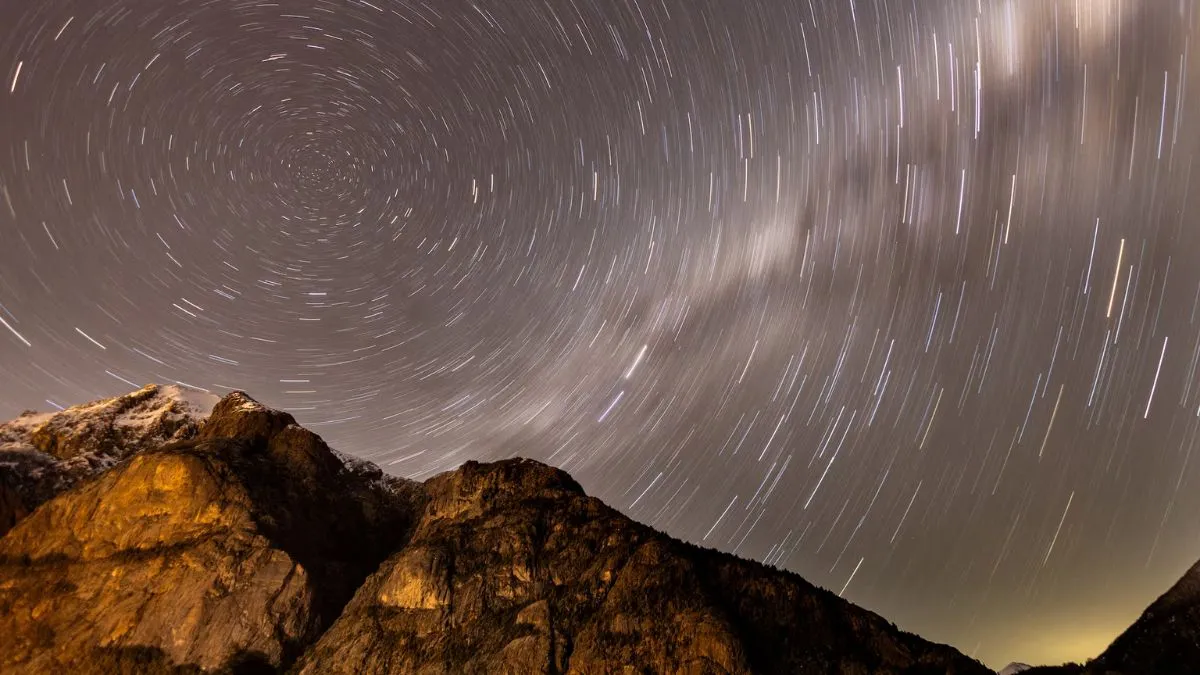Meteor watchers in the Northern Hemisphere are preparing for the Perseid meteor shower 2025, scheduled to reach its peak on the night of August 12–13. But this year’s meteor spectacle will overlap with a nearly full moon, greatly diminishing visibility of the fainter meteors.
The Perseids, which create 60–100 meteors per hour under optimal conditions, will be plagued by interference from a 84 per cent bright waning gibbous moon. According to astronomers, the moonlight will bleed out much of the faint streaks, leaving observers with a best-case estimated 10–20 bright meteors per hour. Perseids are one of the best meteor showers,” said Thaddeus LaCoursiere, planetarium program coordinator for the Bell Museum in Minnesota. “This year, the moon will be a factor, so expectations need to be realistic.”
When And Where To Watch
The Perseid meteor shower started in mid-July and will persist until August 23, peaking in the second week of August. The radiant point — the constellation Perseus — comes up in the northeast after midnight, so midnight to dawn is the best viewing time.
ALSO READ:Alien Spy Craft Or Cosmic Rock? Object Bigger Than Manhattan, Approaching Faster Than Rocket Sparks Panic
• Face away from the moon to reduce glare.
• Find a dark spot far from city lights.
• Allow 20–30 minutes for your eyes to adjust to the dark.
The low arc of the moon in the southern part of the sky in summer will be somewhat helpful because observers can have it out of view when facing northeast. Bright fireballs, greater, more vivid meteors, will still be visible despite moonlight. Astronomers recommend coming prepared with a reclining chair or mat, dressing warmly, and using a red-filter torch to protect night vision. Binoculars and telescopes are not necessary.
ALSO READ: Oldest Alien Relic Ever? 7-Billion-Year-Old Mysterious Comet Discovery Sparks Buzz
Why The Perseids Occur
Perseids happen when Earth encounters debris from Comet Swift–Tuttle, a colossal 26 km-diameter comet which was seen in 1992 and is due to return in 2125. As the particles of rock and dust enter Earth’s atmosphere at such high velocity, they disintegrate, leaving trails of light in the night sky. Though 2025 Perseid meteor shower observing will be obscured by moonlight, 2026 presents perfect conditions — the peak is during a new moon and even a solar eclipse. In the meantime, sky watchers can still see the occasional brilliant fireball and a very rare conjunction of Jupiter and Venus in the pre-dawn sky during the peak week.
